I'm having a debate with a friend. He claims that if you change the rotation of the shaft of a dynamo the output DC current changes direction. I, however, claim otherwise. The way I see it is that a dynamo rotates a coil inside a magnetic field, this produces an AC sine wave which then gets rectified to DC by the commutator. If you rotate the coil in the other direction it still produces AC and then gets rectified to DC in the same direction as if the shaft were rotating in the original way, right?
So who is correct? If it's my friend then why does the DC current change direction?
Any help is greatly appreciated.
